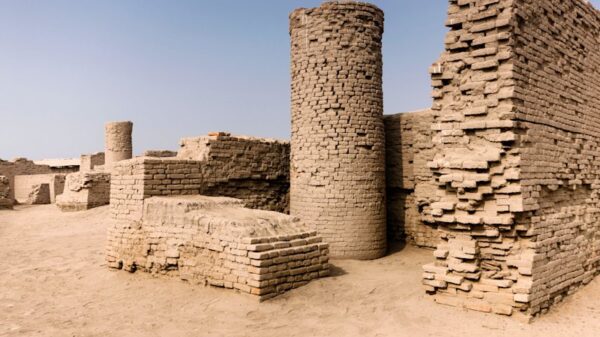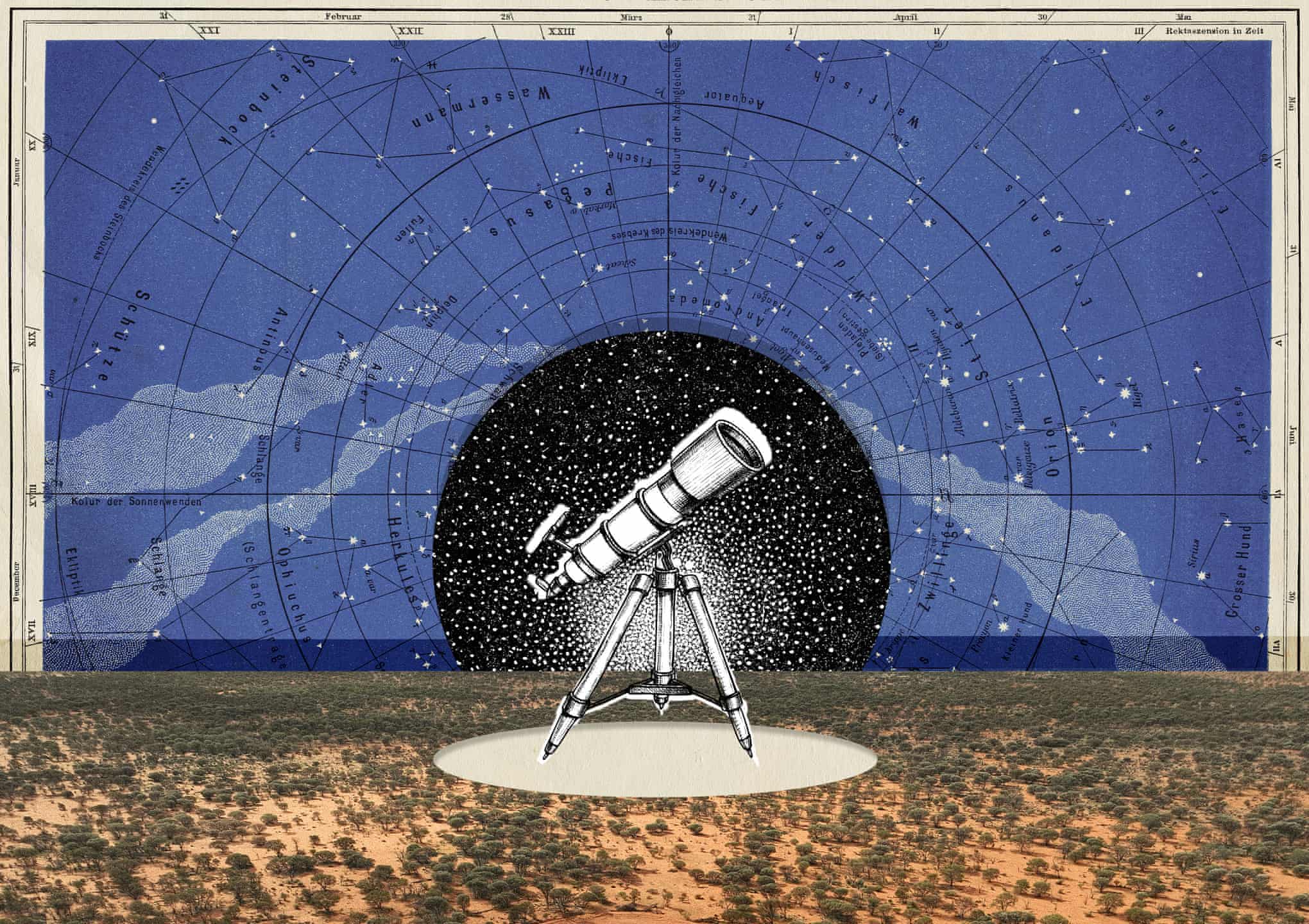A major international telescope project in outback Australia, known as the Square Kilometre Array Observatory (SKAO), is grappling with allegations of financial misconduct. This ambitious initiative, which includes more than 130,000 antennae designed to explore the hidden universe, has drawn scrutiny as claims of mismanagement surface.
The SKAO is a collaboration between 16 member states, with a total investment of approximately €2 billion (A$3.6 billion) for its construction and operation. The project aims to map the first billion years of the universe, with potential implications for understanding extraterrestrial life and the evolution of galaxies. However, recent reports reveal that the organization responsible for managing the funds has been accused of serious financial irregularities.
In a protected disclosure filed by a former senior employee, concerns were raised about the financial management of the SKAO, prompting calls for an investigation. The complaint was directed to the organization’s global chair, Italian astrophysicist Filippo Maria Zerbi, as the SKAO operates outside the jurisdiction of national laws in Australia. In an email sent in May 2025, Zerbi confirmed that an external independent evaluation of the allegations is underway, emphasizing the need for thorough scrutiny before any conclusions are drawn.
The Australian government’s contribution to the SKAO has increased dramatically, with expenditures rising by more than $150 million from 2020 to 2024 compared to the initial budget. The government had originally pledged $387 million over a decade, but recent federal budget statements indicate spending has already reached $475 million from 2021 to 2025. A spokesperson for the Department of Industry, Science and Resources attributed the extra costs to contributions to the SKAO and investments in local infrastructure, including support for nearby communities such as the Pia Wadjarri Remote Aboriginal Community and the Murchison Settlement.
Allegations in the whistleblower’s report also suggest that public funds may have been lost through questionable financial practices, including significant losses in money market investments. Claims indicate that at least £12 million (A$25.1 million) may have been lost due to a decline in one fund’s value by 45%. The SKAO has denied these allegations, stating that no capital loss has been incurred and that its financial activities are subjected to rigorous audits.
In addition to the financial concerns, the SKAO has faced criticism regarding project management, particularly in relation to the construction of a power supply for the telescope in Australia. Currently, the project relies on temporary diesel generators, with officials indicating a permanent solution is not expected until late 2028. This delay has raised questions about budget management, as the project reportedly spends over $1 million annually on diesel fuel.
The SKAO’s operational framework, established by an international treaty in 2019, grants it a unique legal status that exempts it from standard legal processes and tax obligations. Concerns about regulatory oversight have been amplified by the complaint to the UK’s financial reporting council, which suggests the organization’s structure has created a “regulatory blind spot” allowing for potential deception of member governments.
The project’s financial intricacies are compounded by a recent development involving a €5 million grant from the European Commission for infrastructure development, which was partially clawed back. The commission requested repayment of €3.4 million after determining that many of the claimed expenses were ineligible.
As the SKAO navigates these challenges, it remains committed to its ambitious scientific goals. The organization continues to assert that it follows recognized best practices in financial management and is working diligently to address the issues raised. Further updates on the investigations and project management are expected in the coming months as the SKAO seeks to restore confidence among its member states and the scientific community.































































